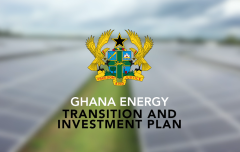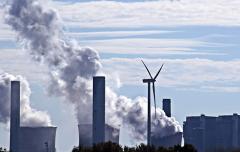Global Fuel Economy Initiative
Transport consumes around 19% of global energy use and 23% of energy-related CO2 emissions. According to the International Energy Agency (IEA), the transport sector has the highest growth of CO2 emissions of any sector - its contribution to energy related CO2 emissions are estimated to go from one quarter today to one-third by 2050. Black carbon from pollutant emissions are also set to increase similarly with major health and short-term climate impacts.
The global fleet of passenger vehicles is set to increase rapidly. Ninety per cent of this growth is set to take place in developing and transitional economies. Ensuring people and freight are mobile as efficiently and safely is an essential component of the energy transition.
The Global Fuel Economy Initiative (GFEI) is the centerpiece of the vehicle efficiency accelerator. Its primary aim is to reduce emissions and at least double the efficiency of the global vehicle fleet from an average of 8l/100 km in 2005 to 4l/100 km by 2050. It also aims to halve new light duty vehicle fuel economy (in l/100km or gCO2/km) by 2030. This could save 1Gt CO2 annually by 2025, increasing to 2Gt CO2 annually by 2050. GFEI is providing support and capacity building to over fifty countries around the world to introduce policies that can make this happen. The target of working in 100 countries which was announced at COP21 continues to drive GFEI's capacity-building objective on this issue.
It is essential though to take as comprehensive an approach to improving vehicle efficiency as possible. There is significant potential for electric vehicles to contribute to reduced emissions and improved energy efficiency, and this is incorporated within GFEI's support and capacity building activities with countries. Another area that has huge potential for efficiency improvements is in heavy duty vehicles. A recent study by the International Council on Clean Transportation suggests that it is possible to improve energy efficiency in trucks by 35% by 2035 as a result of introducing new standards across major economies. Again, this is being incorporated into the work of the vehicle efficiency accelerator.

























